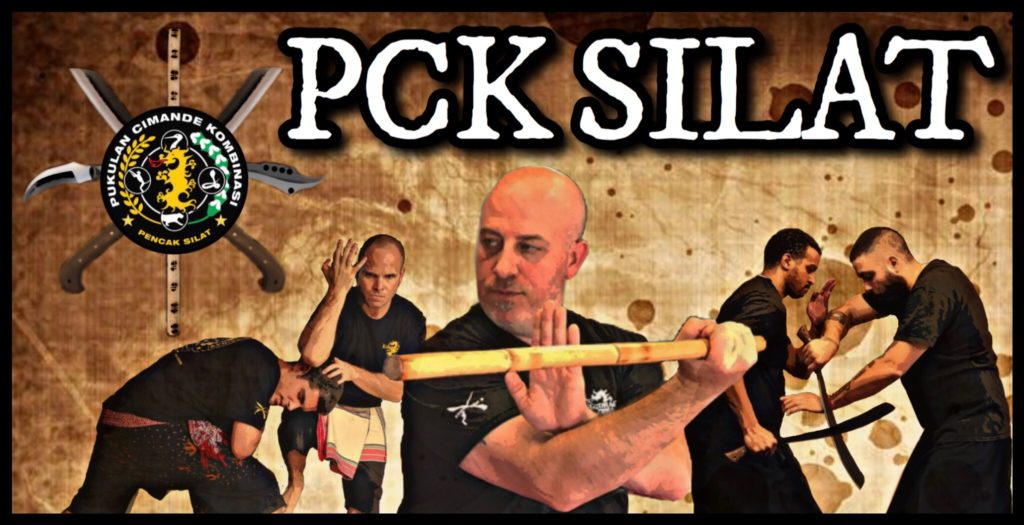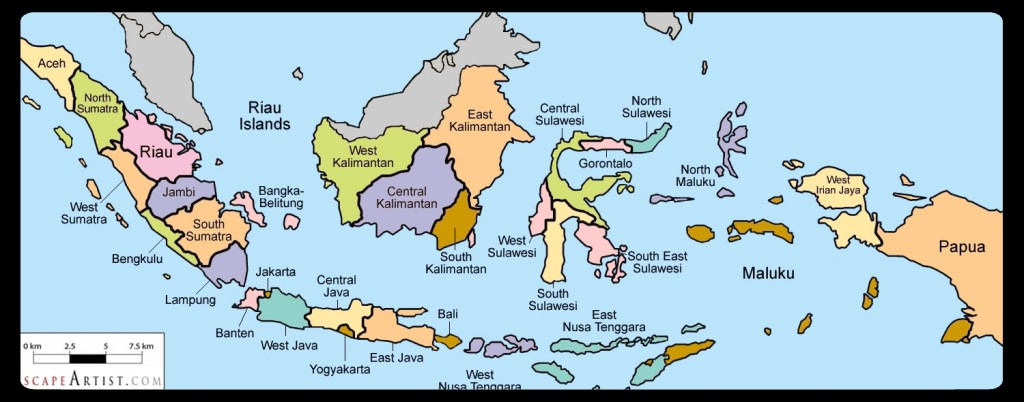Overview
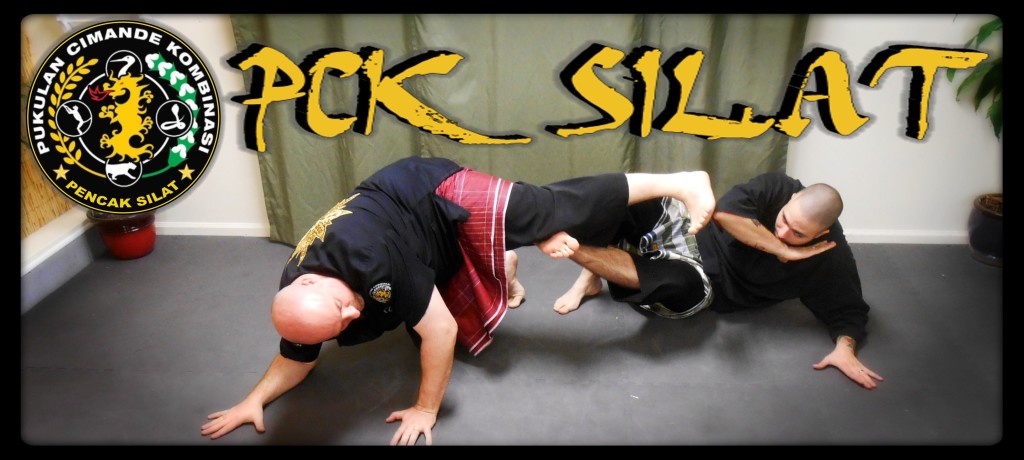
Download Student Rank Requirements
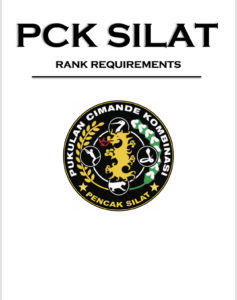

MAP OF INDONESIA
PCK Silat is a full-range martial art. It includes the use of several edged and impact weapons, fighting while in a grounded position, grappling and multiple opponents training. The style of fighting is distinguished by free flowing, writhing movements, off-timing, integrated footwork and draw stance strategies. It is also characterized by a close fighting position and fast continuous hitting. The strategy is to close with the opponent such that it is possible to sweep them to the ground in a violent way, then follow this attack with some kind of finishing technique.There is heavy emphasis on attacking the limbs of the opponent, and delivering fast disorienting strikes to the face, followed by more substantial strikes to the head and body. PCK Silat training is broken down into 8 areas:
The 8 Areas of PCK Silat
- Jurus Jurus (Upper Body)Includes all standardized upper body forms, movements and drills including: Cimande Jurus 1-33, Kelid Latihan and an Elbow Langkah.
- Langkah Langkah (Lower Body) Includes all standarized long forms and lower body movements including: Langkah Cimande, Langkah Tiga, Langkah Empat, Langkah Sarang Laba Laba, Langkah Cikalong, Langkah Garis and Langkah Kilap
- Bela Diri (Self Defense)Includes dynamic self-defense against a variety of attacks both armed and unarmed. Includes multiple opponent defenses, empty hand, strikes, grabs, holds, pushes, punches, kicks, gun, club and knife defenses.
- Sambutan (Sparring/Fighting) Refers to sparring or fighting in Pencak Silat. In PCK, the student starts with one-on-one sparring/fighting, moves to three-on-one and later up to as many as 12 opponents are dealt with. In PCK we try to emulate extreme realistic combat conditions. For this reason, sparring is taught in a methodical and progressive manner from slow to medium and finally to full contact sparring. WARNING: Protective equipment is NOT used in PCK sparring.
- Senjata (Weapons) Includes a variety of traditional Indonesian weapons and modern counterparts. Traditional weapons include: the knife, kujang, parang, kerambit and keris. Modern weapons include: pocket knife, pocket stick, machete, kerambit folder, flexible weapons and improvised weapons.
- Kembangan/Bunga (Flower Dance) - traditional flower dance of Pencak Silat. The movements are taught in a beautiful, fluid, rhythmic manner in the beginning to eventually become an unpredictable combative flow.
- Internal (Kebatinan/Kejawen) Includes the Sundanese teachings of Kebatinan, Kejawen and Buhun. The primary focus is the study of internal energy, the 4 elements, healing, meditation and the devepopment of rasa (intuition) to enhance your Pencak Silat training and your daily life to achieve the perfect balance of mind, body and spirit.
- Ilmu Rahasia (Secret Science) Includes advanced internal portions of the art that are only taught to the "Chosen Few" who demonstrate their dedication and devotion to the art and their teacher. Student must have a strong grasp of the Kebatinan/Kejawen training and possess unquestionable character to learn this portion of the art.
The 8 Principles of PCK Silat
- Deception: Includes Decoying, Camouflage and Stealth techniques. Making yourself appear to be vulnerable or using baits and feints to entice your opponent into a false sense of confidence. Also includes Off Timing (mental, visual and auditory) "Steal your Opponents Awareness", indirect vision and indirect hitting.
- Destruction: "Destroy or Get Out" The systematic destruction of your opponents incoming attacks beginning with Joints, Muscles and then finally Nerve Destructions. Hunting the opponents limbs (arms and legs).
- Penetration: This is the ability to close within striking range of the opponent, (taking their space) and the proper way of striking the opponent so that the target is broken, destroyed or put out of action.
- Adhesion: Sticking blows, sticking to the opponent. Once you enter the opponent’s space with the principle of penetration, you never give that space back. Includes the use of tarik (pulling) and dorong (pushing) to off-balance and sweep opponent to the ground, sticking to them the entire time, pinning them and finished with multiple strikes.
- Compacting: Utilizing your body as a weapon by collapsing one blow into another (the secret of kilap and poison hand). Small arcing blows flowing one into another with no wind-up or pulling back.
- The Thorn: The rose is a beautiful flower but when you go to grab the stem you get stuck by a thorn. The thorns of your body are your knees and elbows. When an opponent throws in a strike they will naturally get impaled by the thorns of our body.
- Bamboo: Utilizing core awareness and angulation of the body to be flexible like bamboo and help develop “Mad Rooster" and Ricochet Hitting. Bending the body to angle and give with the opponents blows, without backing up or retreating and snapping back immediately with strikes.
- Body Armor: Positioning your body to protect yourself at all times; also called “Stationing”. Always covering yourself utilizing both arms, both legs and body position in regards to your opponent. If one hand is high, then one is low, etc.
PCK Animal Syllabus
Animal training is broken down into four categories:- Basic Mannerisms: Covering and Blocking with the attitude of the specific animal. This teaches the attitude of the animal and how it is applicable in combat.
- Specialized Movements: Movements generally associated with the animal and those specific to the animal. These teach the function of the motions with the attitude of the animal and the jurus, strikes and concepts that are best suited for the specific animal and its attitude.
- Apply the Animal: Use of the attitude and mannerisms as a filter through which the rest of your PCK material can be seen. Applying the animal to the rest of the material such as jurus, footwork, techniques, bela diri, weapons, etc. This teaches you to apply the concepts and attitude of the animal to all of our material and to think outside of the box.
- Creating a flow: Creating a combative flow using all of the animal's movements. This teaches you to flow and mix all of your strikes and concepts together combatively. Like a boxer would shadow box to train power, precision and speed, mixing all of his skills together into a flow, you will take all of your material and make it into a flow.
THE 5 ANIMALS OF PCK SILAT
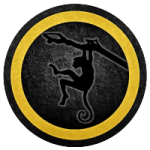
The monkey (Monyet, Kera) portion of the style uses slaps, grabs, punches and elbows, and gunting or scissors motions, changing position from high to low. It is violent and unpredictable and can adapt to any situation.

The tiger (Pamacan) utilizes a very low stance, and seeks to smash the opponents limbs and drag him down to continue the fight on the ground.The tiger also fights in a full supine (Harimau) position where the practitioner is lying fully on the ground. It is malicious and relentless and is a very thorough and effective way to deal with ground fighting. It also works against multiple attackers where grappling and locks may not.
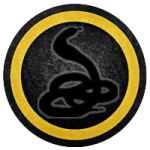
The snake (Ular) style comes in two varieties, cobra (Sendok) and python (Sawa). The cobra style uses half-fists to deliver fast strikes to the eyes and soft body tissues, and the python attempts to strike then wrap the opponent's limbs and body to break, strangle and throw them. Snake injects poison through rapid fire, destructive striking before attempting to take down an opponent. It "hunts" the attackers limbs and incoming strikes.
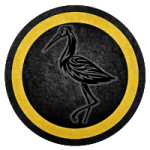
The crane (Blekok) style uses high stances and leaps, together with open hand strikes. It is deceptively destructive and disguises many breaks and limb destructions in it's light motions.
And Lastly, the dragon (Raja Naga) is a synthesis of the other four animals, together with a strategy of deployment which emphasizes internal techniques and highly deceptive movements.It is a constantly changing, constantly adapting method of movement that is unpredictable and untrackable. The movements of the art are also taught according to a secret method which leads to an increase in 'tenaga dallam'(energy)in the body.
INTERNAL TRAINING

Pukulan Cimande Kombinasi also has a system of meditation and metaphysical development which includes meditation designed to draw the four elements (water, earth, fire, air) into the body for various combative and spiritual purposes. We also teach Tenaga Dallam (internal energy) development, Indonesian Shamanism and Cimande Massage and Healing techniques to help practitioners reach a balance of mind, body and spirit.
What will you learn?
- Empty Hands Combat
- Striking
- Grappling
- Ground fighting
- Locking
- Trapping
- Multiple Opponents
- Weapons training
- Pisau (Knife)
- Parang (Sword)
- Kerambit (Tiger Claw)
- Kancing Stick (18 in Stick)
- Kujang (Traditional Indonesian Training Weapon)
- Keris (Traditional Indonesian Training Weapon)
- Improvised Weapons
- Internal Training Tenaga Dalam (Inner Power)
- Power Postures (Yoga Like postures)
- Elemental Breathing (using the various Elements of Earth, Water, Fire and Air)
- Animal Mannerisms (using the various mannerisms of the Tiger, Monkey, Snake, Crane)
- Bunga (Soft flowing movements which develop calmness of mind and spirit)This type of training will not only provide you with the ability to defend yourself, but will also dramatically increase your Fitness, Speed, Power, Co-ordination, Flexibility, Health, and Vitality.
